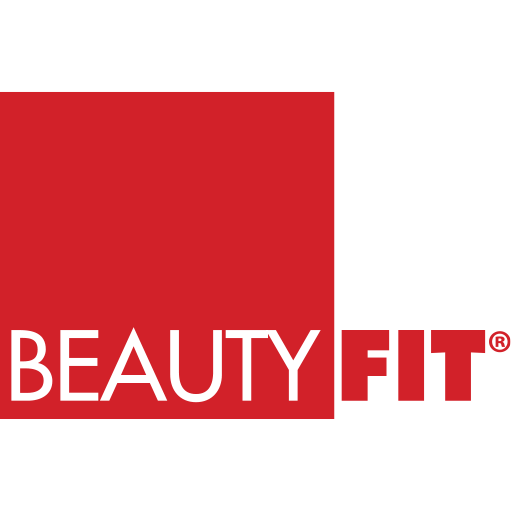Get To Know Your Labels
Happy May Beauties!!!!
Are you a macro tracker?
Are you doing your diligence and checking out your nutrition labels and packaging in order to make nutritious decisions?
What if I told you that label that you are relying on may not be so accurate; what if I told you your “low fat” snack was actually nothing of the sort? Have you ever seen that Nutella commercial that repeatedly says “give your kids a healthy snack”. Really? How is Nutella healthy? It’s loaded with sugar and very little nutritional value. Sadly, a lot of people are misled by the beautiful smiling faces and believe the words without really knowing what they mean.
Today beauties, I want to dive into the world of nutrition labels. First, let’s talk word usage. Strolling down the aisles in the grocery store, your eye is drawn to a bag of pooped chips screaming LOWER IN FAT! Wahoo, my cravings have been answered! But what does it really mean?
Here is a breakdown of what those bold printed terms mean so you don’t sabotage yourself.
- Reduced Fat: The means that this version has at least 25% less fat than the original. Going back to our popped chips, let’s say the original has 20g fat; The reduced fat version has 15g fat. Still terrible, just less.
- Free: Calorie free, sugar free, fat free does not mean zero! It simply means it has less than 0.5g. now, if you’re using a tiny bit, you probably don’t have to worry. However, if a serving size is 1 tsp and you’re having 1 cup… that’s probably A LOT of calories you didn’t even realize you were consuming.
- Less or Light: This simply means it has less than the regular version, or less than a similar product. IT DOES NOT MEAN IT IS HEALTHY.
Continuously, comparing calories and counting calories has never been my thing. One of the main reasons? Because you really don’t know the calories. According to regulations, a nutrition label is allowed a 20% variance in either direction. What does that mean? Let’s say you have a 200 calorie protein bar. That bar can actually have anywhere 160-240 calories.
Packaged foods, on average, contain 8% more calories than advertised.
Restaurants that have calorie information available usually contain 18% more calories than advertised.
As an owner of a protein treat company, I have seen and learned A LOT. Why would anyone do this? Are companies trying to mislead you? The answer here is an astounding No, At least from my point of view. Companies are encouraged to under estimate serving sizes and calories due to the simple fact that if you get more than what you were promised people are fine; if consumers get less… well this is a big problem.
I cannot tell you how many messages I get a day of people asking “why do you have two different macro information listed?” Personally, we list the hand calculated macros, but also the regulation listed macros. Why? For the simple reason that people want a nutrition label. They see that familiar structure and feel an astounding confidence that everything is right in the world. We like seeing things we recognize, it feels comfortable; however, comfortable doesn’t always equal correct.
Essentially, I am NOT telling you to question your entire life. I’m just telling you to do your best. Again, I’ve never been one to count my calories, for this precise reason.
At the end of the day, eat what you like and makes you feel good! Get a general concept of what you’re consuming and make smart choices from there.
If 1 or 2 grams of a nutrient are going to make or break your life, make sure to cook and prepare all of your own food; newsflash though, still won’t be 100% precise.
Until next time my beauties!!!

